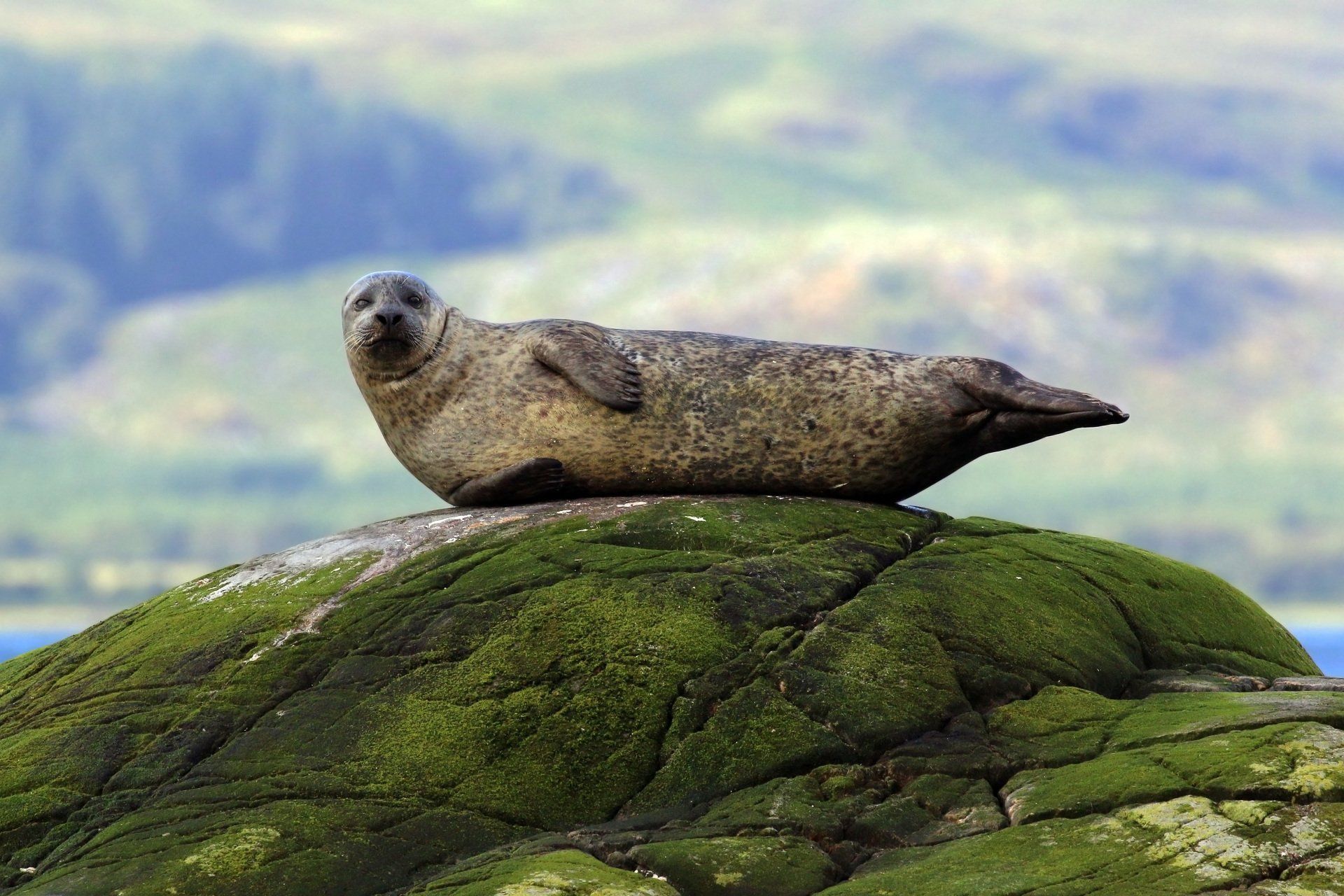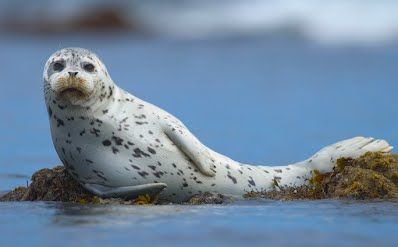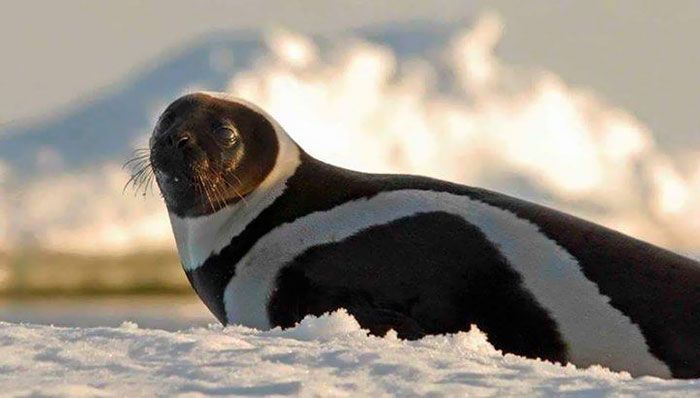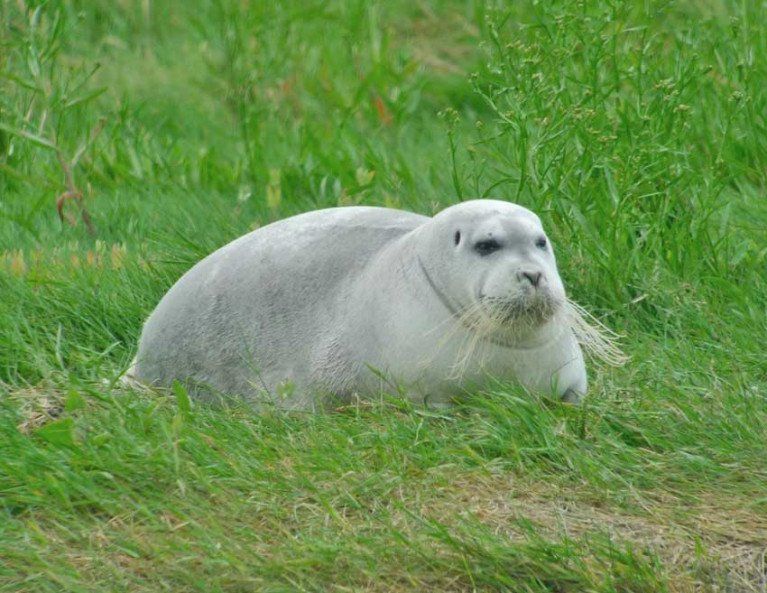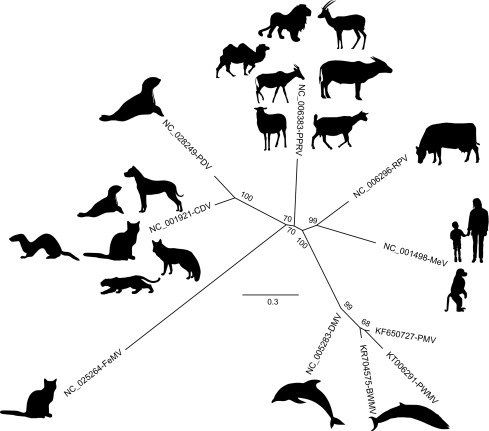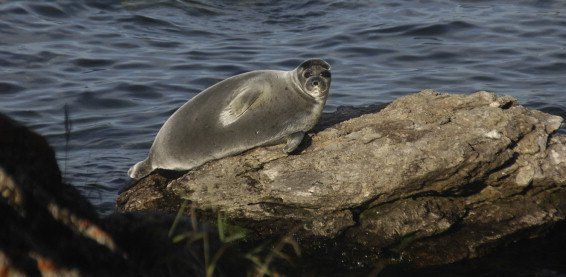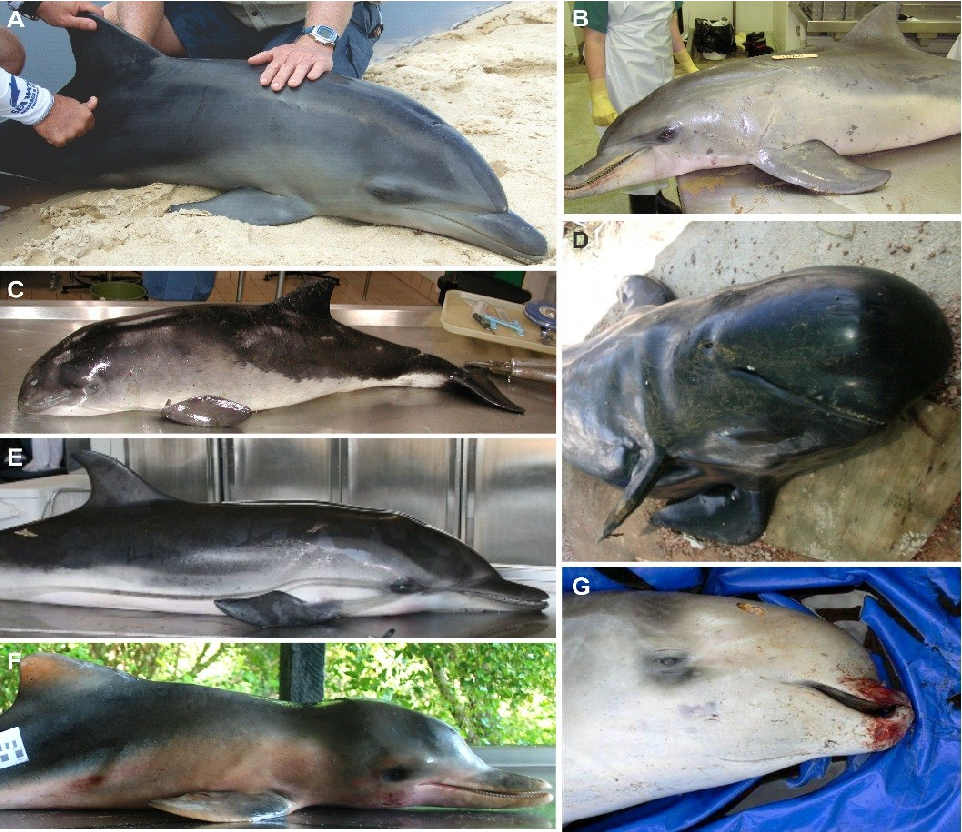Climate Change is increasing the spread of a deadly virus between marine mammals of the North Atlantic and North Pacific Oceans.
Climate change is driving the melting of the Arctic sea ice, and in turn enabling the spread of a mortal virus, that is wiping out marine mammals in the North Atlantic and North Pacific.
Harp seal (Pagophilus groenlandicus) pup. Photo by Tom Brakefield. North Atlantic.
According to new research by scientists at UC Davis School of Veterinary Medicine, phocine morbillivirus, formally, phocine distemper virus (PDV) has spread from European harbour seals ( Phoca vitulina
) in the North Atlantic to sea lions and otters in the North Pacific. The spread of PDV is likely attributed to melting sea ice which has opened up a passage between the two ocean basins. The scientists spent the past 15 years studying the spread of PDV between marine mammals from the North Atlantic and North Pacific and noted an increase in the prevalence of North Pacific species when the Arctic sea ice was particularly thin.
European harbour seal (Phoca vitulina). Source: Wikicommons. North Atlantic.
The team also used data on PDV in a number of marine mammal species including ice seals; the ringed seal ( Pusa hispida ), spotted seal ( Phoca largha ), the striped seal and bearded seal ( Erignathus barbatus) which are important species in the Arctic both ecologically and as subsistence resources. The also looked at data from stellar sea lion (Eumetopias jubatus), northern fur seals and sea otters.
Pup of Ringed seal ( Pusa hispida), Alaska. NOAA.
Spotted seal (Phoca largha). North Atlantic.
Striped or Ribbon seal (Histriophoca fasciata). North Atlantic.
Bearded seal recorded in West Cork, Ireland, by Paul Connaughton of "Shearwater Wildlife Tours", 2017. North Atlantic.
Stellar Sea lion (Eumetopias jubatus) - North Pacific Wikicommons.
Northern fur seal (Callorhinus ursinus)- North Pacific - Wiki commons.
The results indicated a large spread of the virus across the North Pacific Ocean in 2003, peaking again in 2009 and coinciding with decreases in Arctic ice. Similarly, another new study has found that the Arctic is predicted to be completely ice free during the transition from summer to winter as a result of climate change. Sea ice opens up new migration routes for marine mammals, allowing them to more easily cross from the Atlantic to the Pacific by way of the Arctic Circle. The added stress of needing to forage farther for food could weaken the animals’ immune systems, making them easier targets for disease. Furthermore, as so many marine species annually migrate to the Arctic, it may be serving as a location for the disease to multiply and spread.
Morbillivirus are highly contagious pathogens that cause moderate to severe respiratory and gastrointestinal disease and profound immune suppression in their hosts, which can make them vulnerable to life-threatening illnesses such as pneumonia (Durrheim et al.
, 2014; Lamb & Parks, 2013). This virus is also found as canine distemper (CDV), cetacean morbillivirus (CeMV) and human measles (MeV), Thus, new channels provided by melting sea ice has increased the spread of this pathogen and thus, the rate of morbidity or mortality among marine mammal populations.
Infection of morbillivirus in pinnipeds was first observed in Baikal seals in 1987 and were likely a result of a canine distemper virus (CDV) outbreak in terrestrial mammals (Grachev et al. , 1989). In 1988, the first large-scale epizootic of phocine distemper virus (PDV) in harbour seals ( Phoca vitulina ) followed in European waters of the North and Baltic Seas causing 23,000 deaths, and in 2002 another outbreak occurred in the same region and affected 30,000 seals. Several stranding peaks in pinnipeds on the Atlantic coast of the United States have also been linked to PDV infections in harbor, harp, hooded, and gray seals but these have never caused significant die-offs as in European waters.
Baikal seal. Photo courtesy of Dr. Yuuki Watanabe.
In addition to pinnipeds, morbillivirus infections have been confirmed present in several cetacean species (whales, dolphins and porpoises), since the outbreak of PDV among seals in north-western Europe. Morbillivirus was isolated from several stranded harbour porpoises ( Phocoena phocoena
). This virus was shown to be very similar to a virus which was isolated during a disease outbreak with high mortality among striped dolphins ( Stenella coeruleoalba
) in the Mediterranean area, however, viruses isolated from cetacean species were shown to be different from viruses isolated from the seals. The ones from pinnipeds proved more related to the ruminant morbilliviruses. The potential transmission of the dolphin morbillivirus to the endangered population of the Mediterranean monk seal ( Monachus monachus
) has been considered. Studies are presently being conducted into the possibility of inducing protection against morbillivirus infection in this species by vaccination with an immune stimulating complex (ISCOM) preparation based on CDV.
Cetacean species in which the six CeMV strains were isolated or detected; (A) Common bottlenose dolphin (Tursiops truncatus), (© E. Pearce); (B) Indo-Pacific bottlenose dolphin (Tursiops aduncus), (© N. Stephens); (C) Harbour porpoise (Phocoena phocoena), (© R. Deaville); (D) Long-finned pilot whale (Globicephala melas), (© A.J. Raga); (E) Striped dolphin (Stenella coeruleoalba), Valencia, Spain, 2007 (© A.J. Raga); (F) Emaciated calf Guiana dolphin (Sotalia guianensis),(© K. Groch); (G) Longman’s beaked whale (Indopacetus pacificus), (© K. West, Hawaii Pacific University, NOAA Permit number 932-1905).
It is possible to vaccinate some marine mammals against PDV, but doing so at a scale large enough to prevent the disease from spreading in several different species of wild populations enough to prevent the disease from spreading is difficult. Hawaiian monk seals are regularly vaccinated against morbillivirus. Only around 1,400 individuals remain in that species, so although the disease has yet to reach that far south, the potential impact could do irreversible damage so conservationists seek to prevent it in good time.
© Ocean Research & Conservation Ireland (ORCireland) and www.orcireland.ie , est. 2017. If you like our blogs on the latest news in marine science and would like to support our work, visit www.orcireland.ie to become a member, to volunteer or to make a donation today.
References
:
Bressem, M.V., Duignan, P.J., Banyard, A.C., Barbieri, M., Colegrove, K.M., Guise, S.D., Guardo, G.D., Dobson, A., Domingo, M.C., Fauquier, D.A., Fernández, A.F., Goldstein, T., Grenfell, B.T., Groch, K.R., Gulland, F.M., Jensen, B.A., Jepson, P.D., Hall, A.J., Kuiken, T., Mazzariol, S., Morris, S.E., Nielsen, O., Raga, J.A., Rowles, T.K., Saliki, J.T., Sierra, E., Stephens, N., Stone, B.M., Tomo, I., Wang, J., Waltzek, T.B., & Wellehan, J.F. (2014). Cetacean Morbillivirus: Current Knowledge and Future Directions. Viruses.
VanWormer, E., Mazet, J.A.K., Hall, A. et al.
(2019). Viral emergence in marine mammals in the North Pacific may be linked to Arctic sea ice reduction. Sci Rep
9,
15569 doi:10.1038/s41598-019-51699-4.
I.K.G. Visser, M.F. V an Bressem) , M.W.G. V an De Bildt, J. Groen, C. Örvell, J.A. Raga and A.D.M.E. Osterhaus (1993). Prevalence of morbilliviruses among pinniped and cetecean species. Rev Sci Tech. (1):197-202.
SHARE THIS ARTICLE







